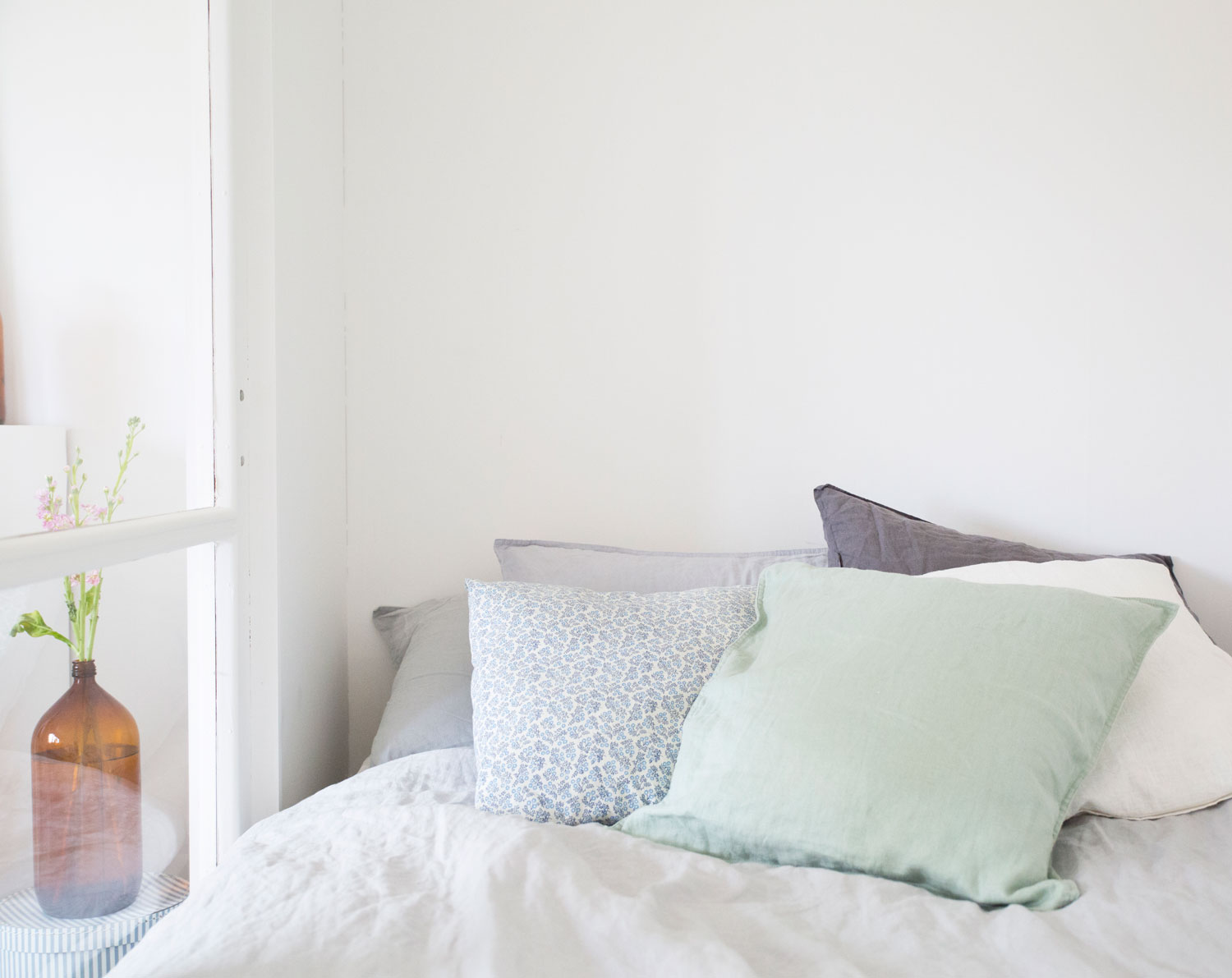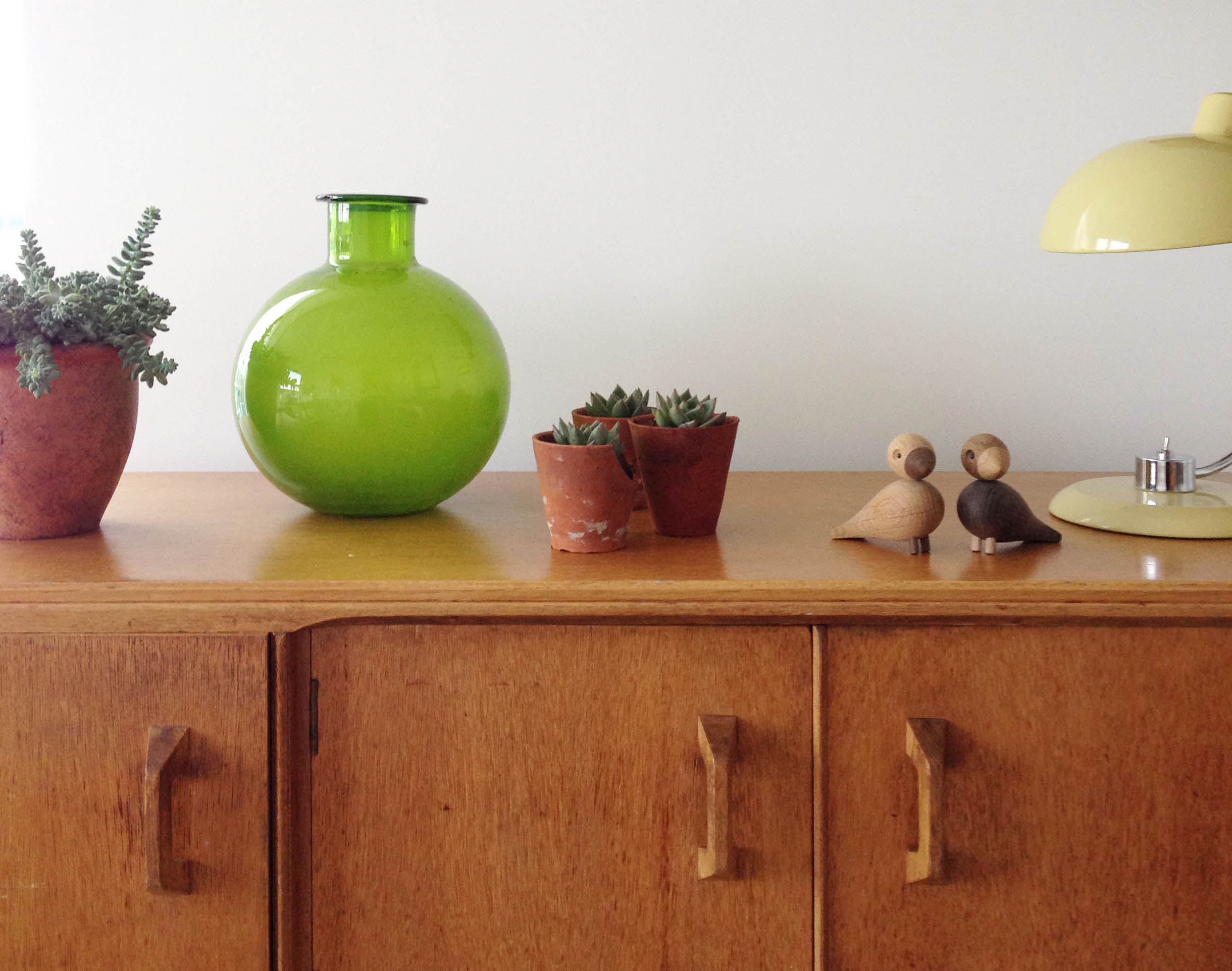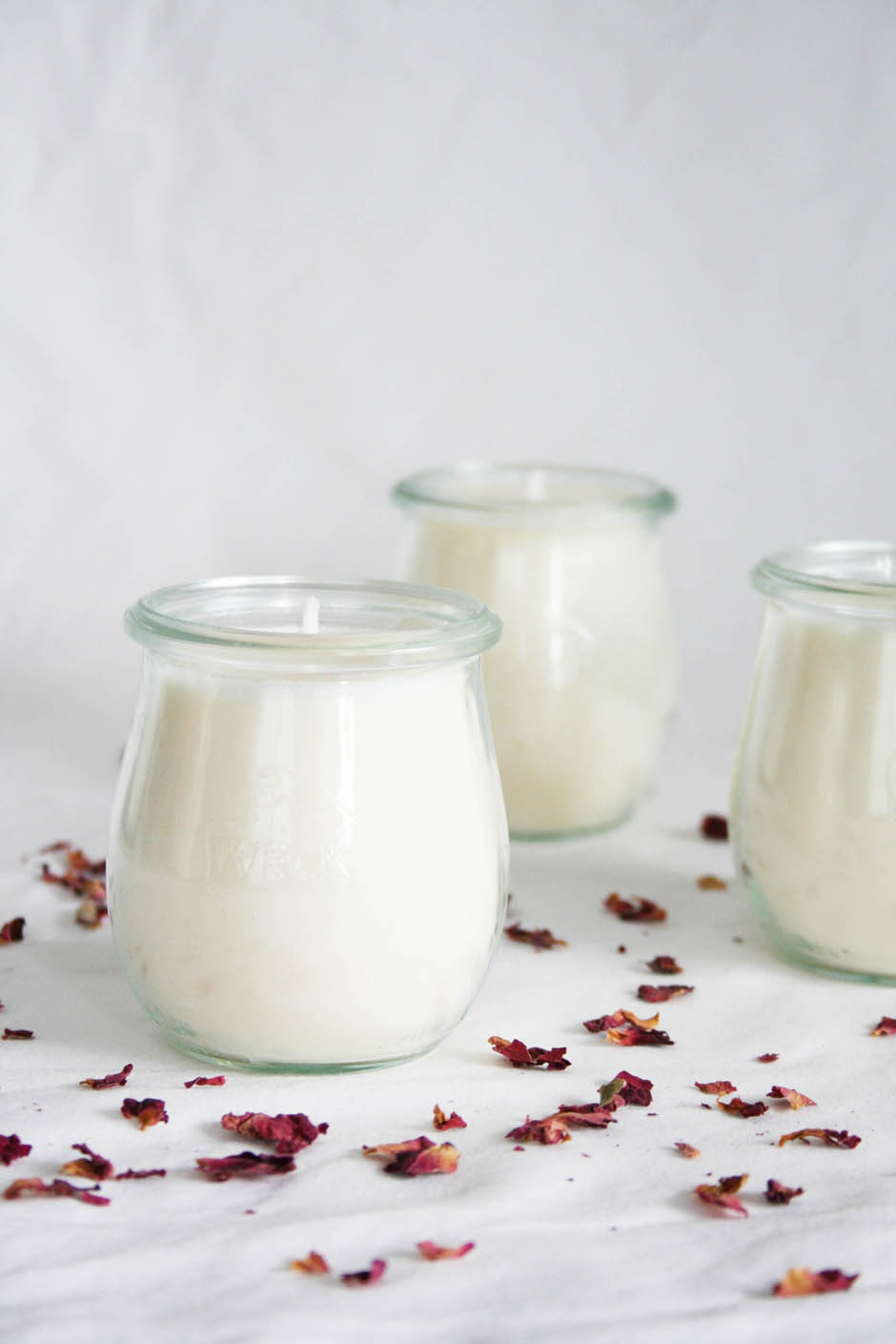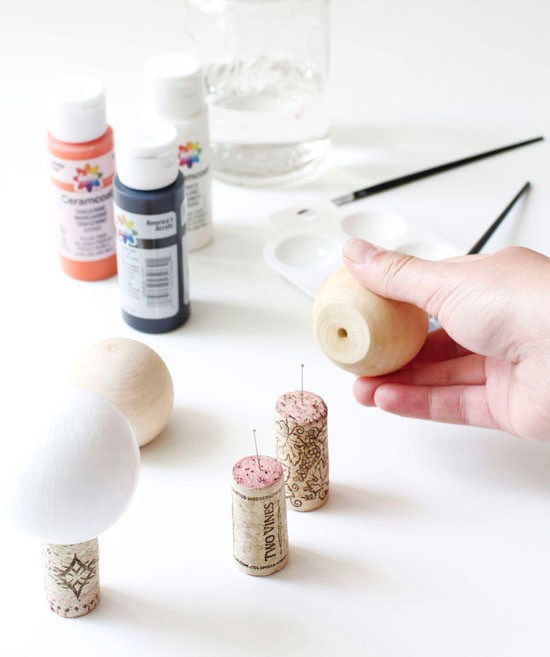You may have noticed that I’ve been a bit quiet around here the last couple of weeks as I am struggling with our current round of IVF, which is much, much longer than the previous rounds so it really feels like an endurance test. I don’t know about you but when I don’t feel well I really struggle to think of creative ideas or concentrate so I will try instead to have a practical focus on the blog this week, which might come a bit more easily.
Our living room and kitchen makeover is all finished but dragged on and on because the delivery of a new sofa was very delayed and without that I couldn’t finish off the living space. We are now at a stage where the final finishing touches need to happen and I’ve hit a bit of a wall, mostly because I have felt so floored by all the drugs I am on but also because when so much work has gone into getting the ‘big’ stuff sorted it’s easy to run out of steam doing the smaller jobs e.g. framing art work, deciding on lighting, potting up plants, hanging mirrors etc.
So, I have put together a list of helpful tips if you are in the same situation and hopefully it will help me along the way too!
1. Ask for a trusted opinion
When you’ve been working on redecorating a room for a while it can become all a bit of a blur and you can no longer see the wood from the trees. You can end up having no idea whether the room actually looks nice or not because you have looked at it and studied it for so long! That’s why it’s a great idea to call on someone whose opinion you trust to come over and gauge their reaction. Make a little list of things you have been struggling with – placement of art work, cushion choices, whether the big houseplant should go on the left or the right of the window – and ask their opinion. I did this a couple of times last week and it has really helped me refocus and trust that I am making the right decisions.
2. Make a comprehensive list
I can find it a bit stressful when I think there is still loads to be done and therefore I do nothing. Making a clear list makes everything feel more manageable and can remove some of that stress as more often than not you realise there isn’t as much to do as you had built up in your mind.
3. Plan your budget
If you know that you still need to buy finishing touches for your room/s plan your budget carefully. Perhaps space out the purchases over the next few months and plan towards that.
4. Take your time
I think it can be a positive to take your time on the finishing touches of a room as it makes it feel more organic and a break after doing major changes can be refreshing as you come back to the room with a new perspective. However, you do need to be firm with yourself about what needs to be done and plan some sort of timescale as I have seen soooo many people never ever finish a room off as they just get used to it the way that it is.
5. Take photos to gain new perspective
If you are struggling after working on a room for too long and you feel unsure about what it needs to pull it all together try taking a few snaps. Seeing the room on film can really help give you a new perspective and a bit of distance, which should help you identify what you need to add to make it feel finished.
6. Break it down
Once you have the big stuff in place i.e. new wall colours, furniture, room layout, flooring, it can be helpful to categorise the finishing touches to help you figure out what you need. Think about a) lighting – at least three light sources in each room b) textiles – curtains, rugs, cushions, throws c) walls – art work, prints, shelves, mirrors d) decorative accessories – plants, books, objets d’art. Work through each category in that order.
7. Be prepared
Be clear about the colours you want to use in the room and carry a paint colour card as well as fabric swatches for your sofa/curtains/cushions around with you in case you see something you want to buy (yes, I actually do that). It will save you so much time and umming and ahhing if you can make a decision there and then as you come across things you like. Also, always have a few snaps of the room on your phone so that you can reference those if you are in a shop and trying to make a decision on whether to purchase something or not.
I have been choosing between different rugs, lighting and artwork for my living room over the last couple of weeks so I’d like to share that decision making process with you this week as it may provide some good inspiration if you are making changes to your living area.
Hopefully be back tomorrow with lots of lovely lights that I’ve been lusting over.
Katy x










































